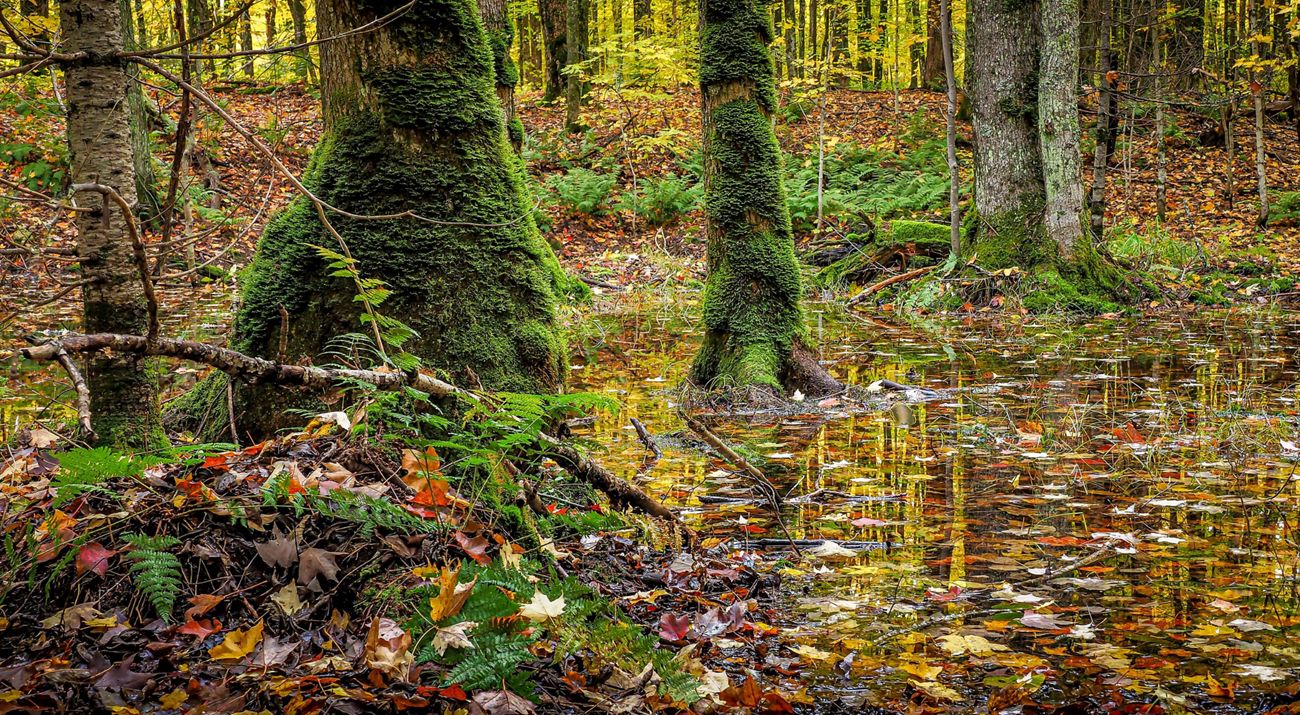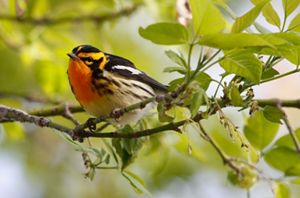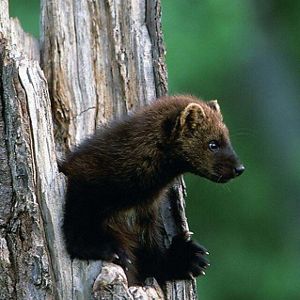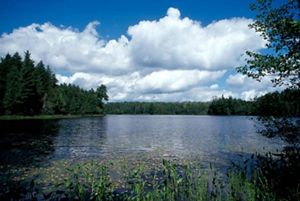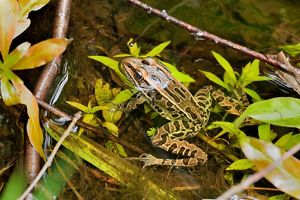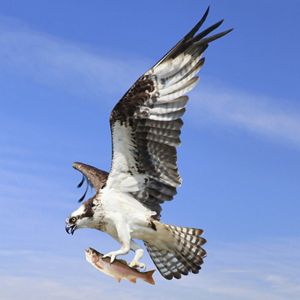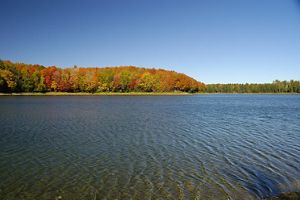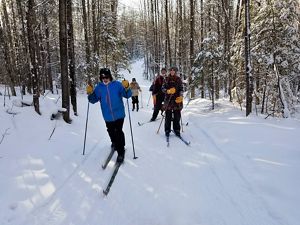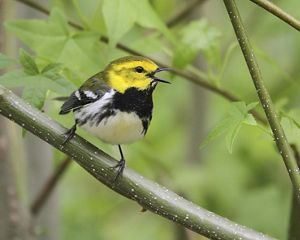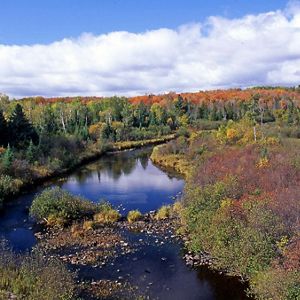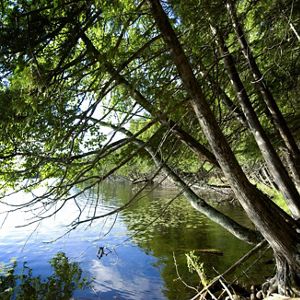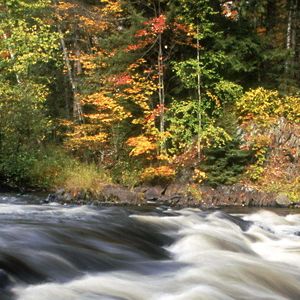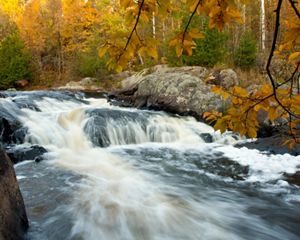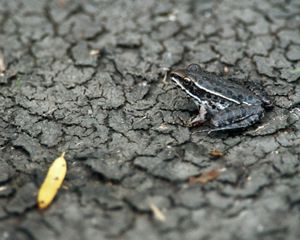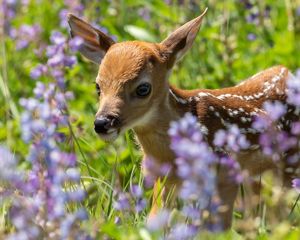Description
At this preserve you'll be able to hike through a portion of Wisconsin's North Woods. The 15 wild lakes and ponds at the preserve—with names like Upper and Lower Aimer, Knife, Battine, Bug and Canteen—host a rich diversity of fish and other aquatic species. The surrounding forests provide habitat for many native plants and wildlife species.
This area also serves as a link between the one-million-acre Ottawa National Forest, located to the north in Michigan, and the 220,000-acre Northern Highland-American Legion State Forest, located to the south in Wisconsin. The Border Lakes area (of which the Catherine Wolter Wilderness Area is a part) serves as a travel corridor for large-ranging mammals including timber wolves and possibly moose and Canada lynx.
